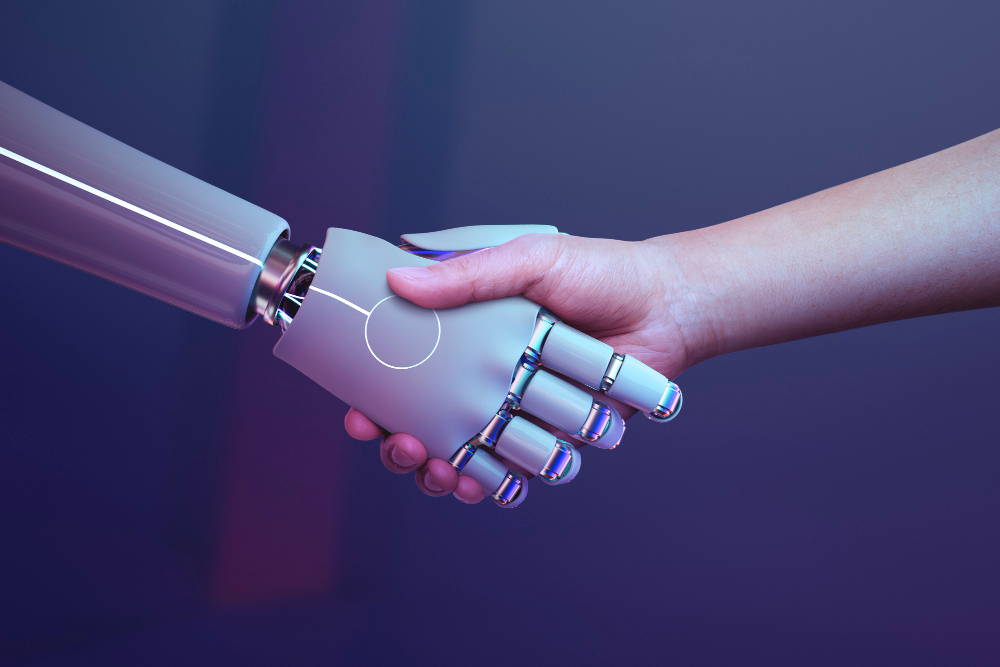The construction industry, is continuously evolving with the advent of new technologies. These technologies are not only reshaping the way buildings are constructed but are also enhancing safety, efficiency, and sustainability. One of the cutting edge technology is of romotics and automation in construction.Robotics refers to the use of machines, often equipped with sensors and intelligent software, to perform tasks autonomously or semi-autonomously. Automation involves the use of technology to control and monitor construction processes, reducing the need for manual intervention.
In this article, we’ll explore the various feautres of robotics and automation and how it is making the construction industry highly efficient and more smarter.
Need of Robotics and Automation in Construction
The construction industry faces numerous challenges, such as labor shortages, rising material costs, and the demand for faster project completion. These factors have created a pressing need for innovative solutions.
To meet the growing demand for infrastructure and buildings while tackling the existing challenges, the industry must innovate. Automation and robotics are critical components of this innovation, helping construction companies become more competitive and sustainable.
Types of Robotics and Automation in Construction

Drones and Aerial Surveying
Drones equipped with cameras and sensors have become indispensable for surveying, monitoring construction progress, and inspecting hard-to-reach areas. They provide real-time data and significantly reduce the time and cost of surveying. Aerial surveying is a special types of robotics technology.
Robotic Equipment and Machinery
From autonomous bulldozers and excavators to robotic bricklayers, machinery equipped with artificial intelligence (AI) and automation technologies are transforming the way heavy tasks are performed on construction sites. These machines work with precision, speed, and consistency, reducing labor requirements.
3D Printing in Construction
3D printing enables the creation of complex building components on-site or off-site. It’s a revolutionary technology that can reduce construction waste, lower costs, and enable the construction of unique architectural designs.
Autonomous Vehicles and Machinery
Self-driving vehicles, including trucks, cranes, and material transporters, are improving safety and efficiency on construction sites. They can operate around the clock, which is crucial for meeting tight project schedules.
Benefits of Robotics and Automation
Increased Safety for Workers
One of the most significant benefits of robotics and automation in construction is improved safety. These technologies can handle hazardous tasks, reducing the risk of accidents and injuries for workers.
Enhanced Efficiency and Productivity
Automation can perform tasks faster and with greater precision than humans. This results in faster project completion, reduced labor costs, and higher efficiency.
Cost Reduction and Improved Budget Management
Automation reduces the need for manual labor, lowering labor costs and increasing cost predictability. It also minimizes errors and rework, saving additional resources.
Quality Improvement
Robotic and 3D printing technologies offer precise and consistent results, ensuring high-quality construction and minimizing the error possibilities in design plans.
Reduced Environmental Impact
Sustainable construction practices are becoming increasingly important. Automation and robotics can help reduce waste, optimize material usage, and enhance energy efficiency.
Demerits and Challenges of Robotics and Automation
While the potential benefits of robotics and automation in construction are significant, there are demerits and challenges to consider:
Complex Work Environment
Construction sites are often complex and unpredictable environments, which can make it difficult to implement and operate robots.
Labor Force Displacement
The adoption of automation and robotics may create job defeciency for the leaders construction industry. Artificial Intelligence and Robotics Technology can be a serious threat for human employement in future.
Initial Investment and ROI Considerations
Introducing automation and robotics requires an initial investment in technology, training, and infrastructure. ConstructionCompanies must carefully assess the return on investment (ROI) to justify these expenses.
Regulatory and Legal Hurdles
Regulations and standards for robotics and automation in construction are still evolving. Companies must navigate legal and compliance issues to ensure the safe and responsible use of these technologies.
Future Trends in Robotics and Automation
Robotics and automation is a rising trend worldwide and is a great potential to transform how we live and work. We discuss some of the future trends in robotics industry as following.
Machine learning (ML) and Artificial Intelligence (AI)
AI and ML produce significant impact on automation industry and makes robots smarter and more capable. Future robots will likely be AI and ML powered, able to learn from their surroundings, adapt, and carry out ever-more-complex jobs.
Collaborative Robotics
Collaborative robots, are made to work safely alongside humans. They are also called Cobots. Cobots manufacturing are popular now a days and other sectors because they enhance the work efficiency and lower the risk of injuries.
Robotic Swarms
Swarm robotics is a branch of robotics that aims to create robots that can collaborate and work collectively in teams to achieve common goals. They are used for diversified range of taks, including environmental monitoring, disaster assistance, and search and rescue. Swarm robots are likely be used in multiple industries in the future, including manufacturing and construction.
Soft Robotics
Soft Robotics is also aa specialized field of robotics technology. They are composed of soft and flexible materials. Soft robots are still in their early stages of development, but they have the potential to be used in a variety of applications, such as healthcare, surgery, and disaster relief.
Read More:- What is 3D Printing Technology and What Is Its Use in Construction Industry?
Conclusion
In conclusion, robotics and automation are revolutionizing the construction industry. These technologies offer numerous advantages, from increased safety to cost reduction and quality improvement. While challenges exist, the construction industry aims for building a smarter, more efficient, and sustainable future.

